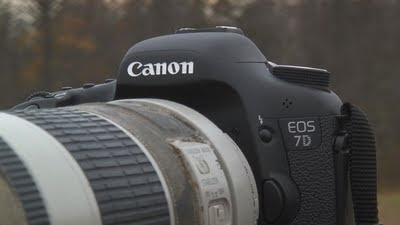 Antlerless Or "Cow" Success Ratio Was 61%
Antlerless Or "Cow" Success Ratio Was 61%Based on the kill statistics from the recent Pennsylvania elk season, some are insisting that killing an elk is far from a sure thing, and that Pennsylvania elk do offer a challenging hunt.
60 licenses were issued for the 2009 season. 21 bull tags and 39 cow tags were issued. 20 bulls and 24 antlerless elk were harvested for a total of 44 animals. These figures include the special conservation bull tag that was auctioned off by the National Wild Turkey Federation. (that individual did take a bull during mid-October).
In an article in the November 14, 2009 edition of Endeavor News, "Elk Hunter Success Rate Down, Huge Bull Taken", author Carol Mulvihill quotes elk biologist aide Mark Gritzer as saying, "The abundant protein-rich acorns this year lured elk into forested areas,”
Writing in PGC News Release #116-09 , PGC Executive Director, Carl Roe said, "This year's overall success rate was 73 percent, which is down slightly from the past year, which I believe that this can be attributed to the improved food conditions this year throughout the elk range."
Source: News Release #116-09
Here is the breakdown:
Bull success rate:-------95%
Antlerless success rate-61%
Overall success rate: ---73%
It may not be immediately obvious, but a 95% success rate on bulls is only one animal away from a 100% success rate. The much lower antlerless success rate brings the overall average down to 73%, but it raises an important consideration.
If the relatively low antlerless success rate can be explained by a more abundant mast crop causing the animals to spend more time in wooded areas instead of the open and edge areas where they are ordinarily found and resulted in them being spread over a wider area, then we must ask why the bull kill was not impacted nearly as much by these same conditions and instead was just one animal shy of 100%.
There are likely several contributing factors:
- Many, if not most, will hire a guide when the stakes involve a chance to kill a large bull, but some are hesitant to spend the money for a guide when they are looking for a "cow".
- Unlike deer, elk are large animals, and some may not want to expend the effort required to retrieve them under difficult circumstances, and so would not venture far from a road while hunting.
- Many will not expend as much effort in trying to kill a cow versus a bull as it may not be as exciting or prestigious to them.
- Elk may not be present in the zone that a hunter is assigned to.
A mature bull elk is one of our state's natural treasures. It takes six or seven years for a bull with the right genetic makeup to reach the stage where it is truly impressive and all too often they are killed at that stage. Remember, One person can kill him, but once, while thousands may enjoy viewing him time and time again.
We need a larger No Kill Zone, possibly surrounded by a population control only zone, with no bull tags issued for that area. This should not be viewed as a threat by the hunting industry, but should be a win-win situation for both factions, as the majority of the elk range would still be open to elk hunting, but more if not most of the bulls that frequent the tourist areas during the rut would be protected.
Some will counter that this is not the case as bulls may travel long distances to visit the breeding grounds on Winslow Hill and then return after the rut is over, but that is a subject for another day along with a more definitive look at what an expanded No Kill Zone should entail.







